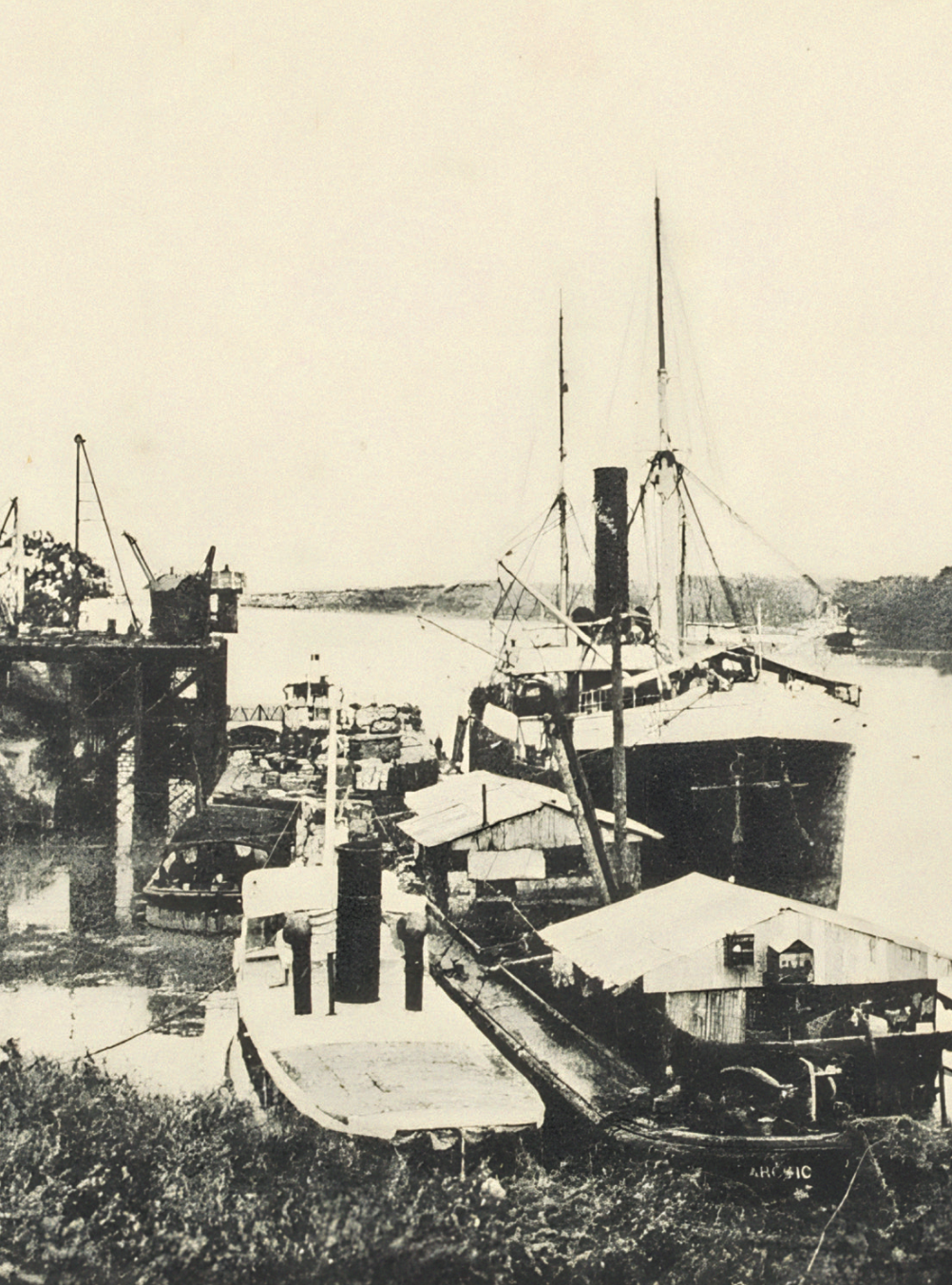Amazon Machinatio: Iquitos, an Emblem of Extractive Urbanisms in the Peruvian Amazon
Article Sidebar

Keywords:
Main Article Content
Abstract
This article aims to shed light on one of the most important aspects in the historic conformation of the city: the extractive processes that give form to an urbanism with a specific territorial logic. These processes are commonly understood as dissociated from cities, since they are carried out beyond their administrative limits, but have in many cases driven their constitution and their forms of growth based on the extraction of resources. These extractive processes, in turn, operate in dependency on a series of artifacts or specific buildings that we shall call extractive types. The city of Iquitos, located in the Peruvian Amazonia’s northeast, is selected as study case, given that its urban development has gone through two extractive phases that have driven its development, and whose infrastruct ures remain as evidence within its urban fabric.
Article Details

This work is licensed under a Creative Commons Attribution-NonCommercial 4.0 International License.
Materia Arquitectura provides immediate and free access to all the content of this online edition, published simultaneously with the print edition.
Materia Arquitectura does not charge authors for any concept.
All contents of this electronic edition are distributed under the Creative Commons license of "Attribución-shareAlike 4.0 Internacional" (CC-BY-SA).
The rights of the published texts and images belong to their authors, who grant Materia Arquitectura the license for their use. The management of the permits and the authorization of the publication of the images (or of any material) that contains copyright and its consequent rights of reproduction in this publication is the sole responsibility of the authors of the articles.
As long as they mention their origin, the authors are free to distribute their articles by other means. Any total or partial reproduction of the material must mention its origin.